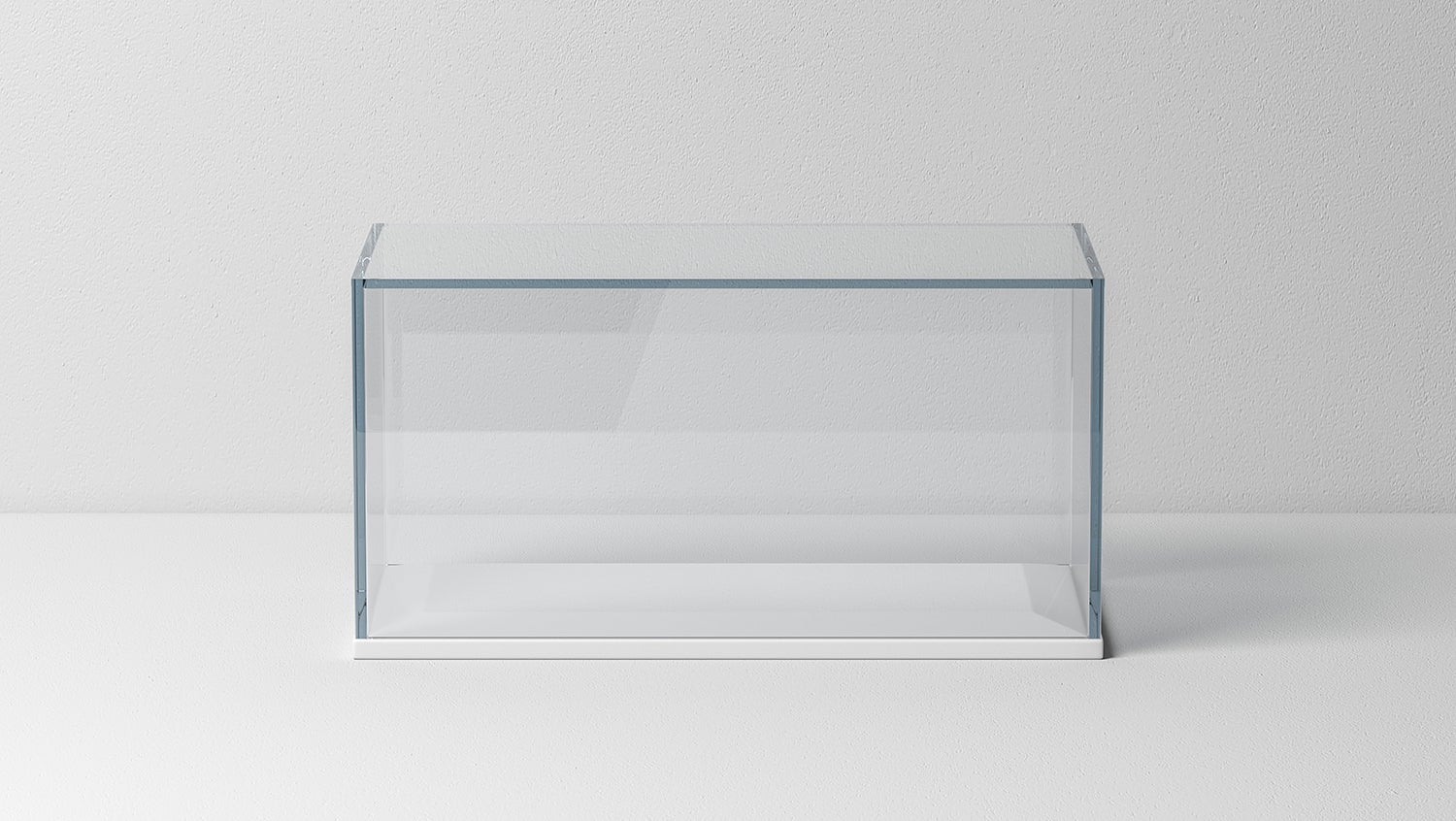
Getty Images
Plexiglass devices called barrier enclosures could significantly limit exposure to aerosolized particles during intubation for COVID-19, simulation shows.
Shortages of personal protective equipment have increased the anxiety and dangers of the COVID-19 outbreak for nurses and physicians, but doctors at Boston Medical Center (BMC) are experimenting with an innovative “intubation box” that could boost protection for frontline clinicians.
Enclosures such as the plexiglass box that was used in this experiment can easily slip over a patient’s head and may include openings for the clinician’s hands. By providing a barrier between the doctor and the COVID-suspected patient, these enclosures protect the clinician from coughed aerosols and droplets when a patient is intubated.
Robert Canelli, MD, clinical director of simulation for anesthesiology at BMC, and his colleagues from the departments of anesthesiology and emergency medicine are testing prototypes of the device, also known as an aerosol box. They detailed the results of the experiment — which used a mannequin to simulate patient coughs with and without the box — in the New England Journal of Medicine.
Given the reported stability of the SARS-Cov2 virus on surface and aerosols, it is prudent that health providers take required steps to protect themselves from contamination, particularly during aerosol-producing interventions such as intubation. With concerns growing over global shortages of personal protective equipment (PPE), possible alternatives such as the aerosol enclosure box have been coming to the fore.
“One of our BMC nurses literally knocked on the door of the anesthesia department with the box in his hand,” Canelli explains. “He informed us that his friend’s business makes medical types of shields and hoods used in science laboratories. He saw a circulating post on social media about Dr. Hsien-Yung Lai, the Taiwanese physician who came up with a similar contraption, and he built the box hoping that it could serve frontline staff in some way.”
As the U.S. enters the apex of the COVID-19 outbreak and hospitals see unprecedented patient surges and strain on PPE supply, barrier enclosures such as the aerosol box may provide additional protection. These boxes can be sterilized with antibacterial wipes, although they are cumbersome for clinicians to carry around and create an additional step during the decontamination process.
“When protecting yourself, the rule of thumb is to keep it simple. Less is sometimes better. The more you bring into a room, the more you have to bring out,” Canelli says. “And every additional piece of equipment that you bring out presents a risk of infecting you and others.”
While more analysis is needed, the box could be an effective option for clinicians faced with PPE shortages. The BMC anesthesia department is still evaluating when to add the boxes into the PPE rotation for airway management.
“If and when our PPE stockpiles diminish, enclosures such as the intubation box will be considered as an important barrier between aerosolized COVID-19 patients and our providers,” Canelli says.


